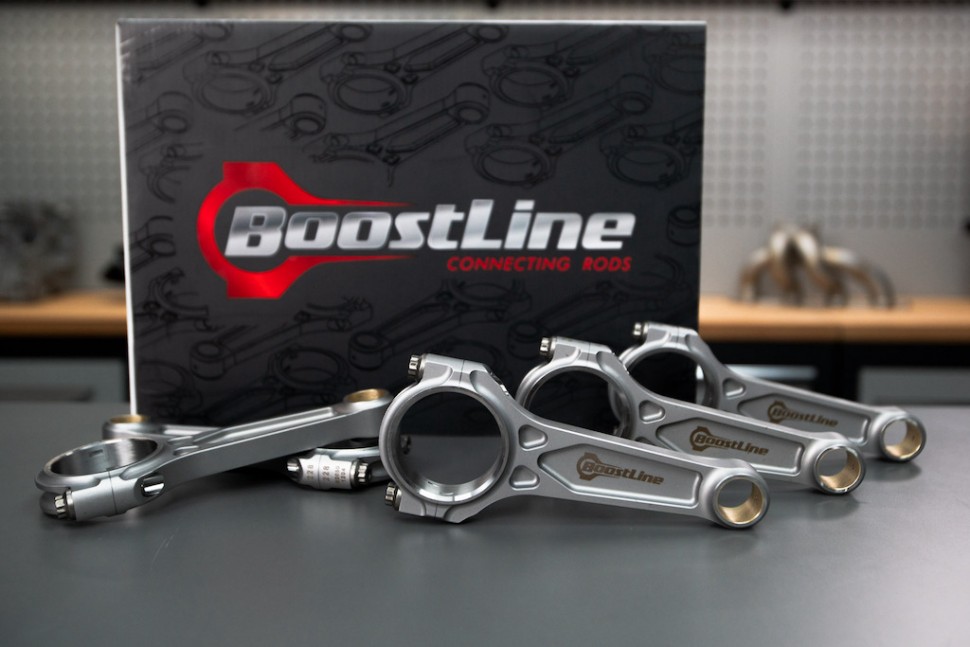| 00:00 |
Tuning the ignition map in steady state is basically a repeat of what we did on the fuel side.
|
| 00:06 |
We want to go back to the lowest RPM and lowest load that we can achieve, and hold the engine in the middle of the ignition cell.
|
| 00:13 |
Now what we can do is gradually advance the ignition timing a couple of degrees at a time while carefully watching the torque output on the dyno.
|
| 00:21 |
The aim is to advance the timing until the torque stops increasing.
|
| 00:25 |
This is the MBT timing for this particular combination of load and RPM.
|
| 00:30 |
It's easy to say, but when you are on the dyno you'll see that the torque figure moves around quite a lot.
|
| 00:36 |
This can make it hard to decide if the change in ignition advance has actually improved torque or not.
|
| 00:42 |
A tip I use is to enter the new advance in the cell, but before I press enter to lock in the change, I watch the torque figure carefully.
|
| 00:50 |
I then press enter and I'm looking to see what the torque does immediately after the change was made.
|
| 00:57 |
If you continue to increase the timing, you will find that the torque peaks and then plateaus.
|
| 01:02 |
If you continue advancing the timing further, the torque will actually start to drop off.
|
| 01:08 |
What we want to do is set the timing at the point where the torque first peaks.
|
| 01:13 |
We can then increase the load to the next load site and make the same changes.
|
| 01:18 |
As we did with the fuel map, we can speed up the job by copying the value from the current site into the next cell.
|
| 01:25 |
With the fuel map we typically expect the engine's fuel demand to increase as RPM and load increase.
|
| 01:31 |
The ignition map doesn't work the same way though.
|
| 01:34 |
We can expect the ignition and advance to decrease as we increase load, but increase as we raise RPM.
|
| 01:42 |
To ensure safety I want to just copy the ignition value to the next load cell.
|
| 01:47 |
I'll also remove a couple of degrees of timing at that the same time.
|
| 01:51 |
This means we will likely still need to add a little advance to reach MBT timing.
|
| 01:56 |
Once we have completed the first column of the ignition map, we can copy this across to the next RPM site.
|
| 02:04 |
From here it's just a case of repeating the tuning process throughout the ignition table.
|
| 02:09 |
As with the fuel map, I recommend doing this up to about 2/3 of the engine RPM limit.
|
| 02:16 |
From here we'll just do as we did with the fuel table and copy the ignition values across the remainder of the map.
|
| 02:23 |
Since the engine is much less sensitive to ignition than fuel, we don't really need to be too concerned with optimizing the ignition in the high RPM, low-load areas of the map since the car won't be driven there.
|
| 02:35 |
All we want to do is check that the engine is safe from detonation.
|
| 02:39 |
We can do this the same way we confirm the fuel numbers by briefly driving the engine through these higher RPM columns.
|
| 02:47 |
So by the end of this module you should understand what you're trying to achieve by setting the ignition, and how to approach the job.
|
| 02:54 |
By now the engine should be thoroughly tuned throughout most of the map, and you will already have a result that is superior to what the majority of professional tuners provide.
|
| 03:03 |
We're now ready to move on to the full-power tuning.
|





